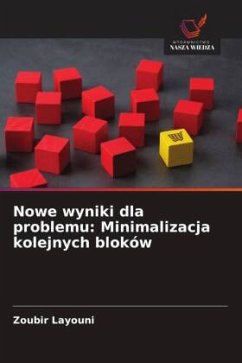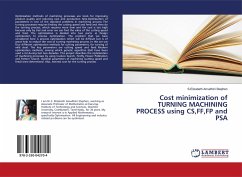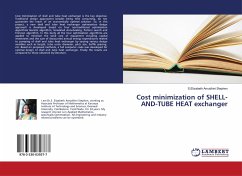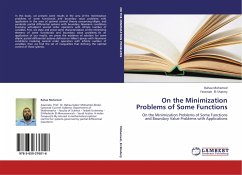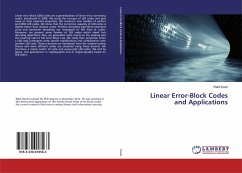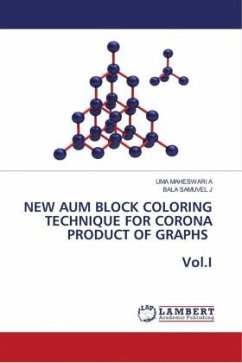
New problem results: Consecutive Block Minimization
Versandkostenfrei!
Versandfertig in 6-10 Tagen
29,99 €
inkl. MwSt.

PAYBACK Punkte
15 °P sammeln!
In this book, we focus on a special property in a binary matrix, known as the "1-consecutive property". A consecutive block is a sequence of consecutively located 1s. The problem is to find a permutation of the columns so that the number of consecutive blocks in the induced matrix is minimal. We point out that it is NP-complete for general instances, then we present applications to it, variants and a state of the art. Our first contribution consists in proving that CBM is NP-complete even when the binary matrix has only two 1's per row, by polynomially transforming the maximum-weight Hamiltoni...
In this book, we focus on a special property in a binary matrix, known as the "1-consecutive property". A consecutive block is a sequence of consecutively located 1s. The problem is to find a permutation of the columns so that the number of consecutive blocks in the induced matrix is minimal. We point out that it is NP-complete for general instances, then we present applications to it, variants and a state of the art. Our first contribution consists in proving that CBM is NP-complete even when the binary matrix has only two 1's per row, by polynomially transforming the maximum-weight Hamiltonian chain problem to CBM restricted to the instances in question.A second contribution consisted in solving the question: is CBM approximable with guarantee? The answer was found in the form of a polynomial heuristic that constructs permutations leading to a number of consecutive blocks within 50% of the optimum.







